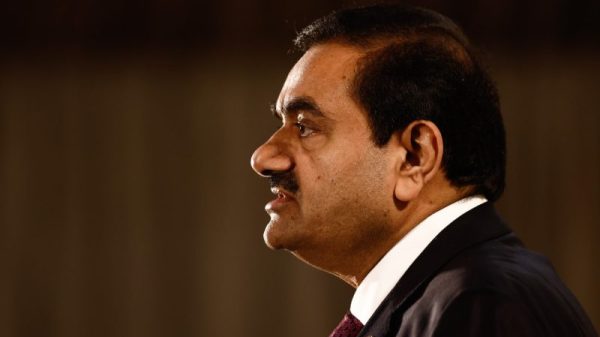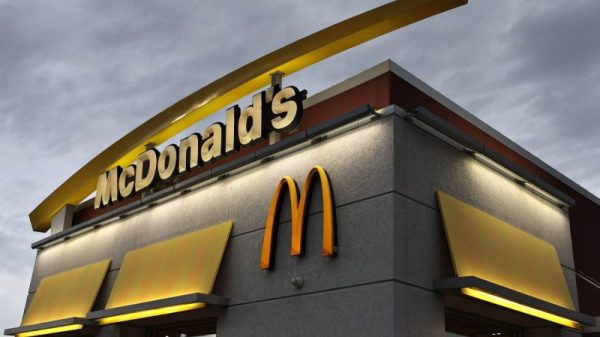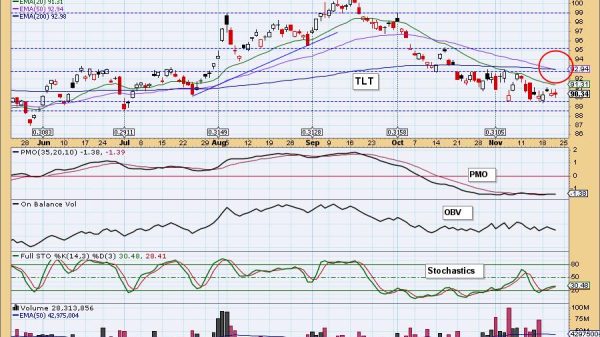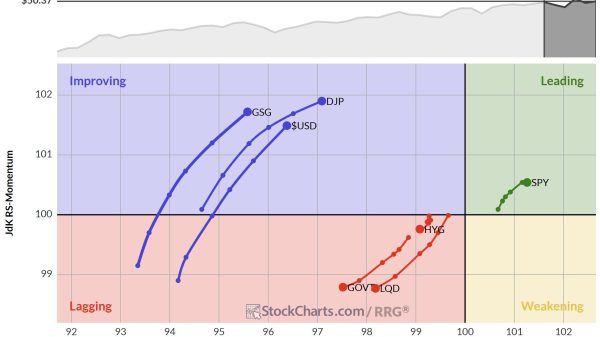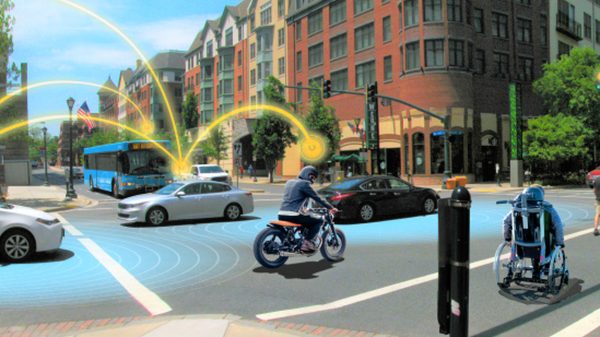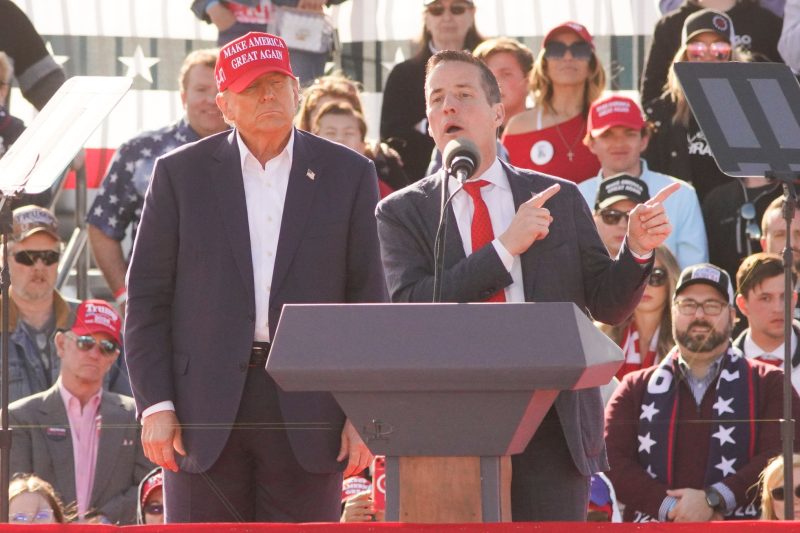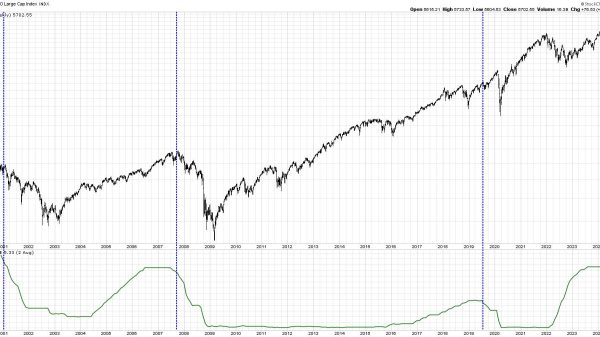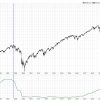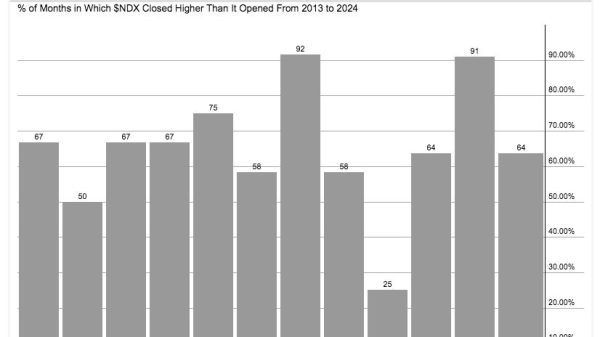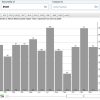
The Republican Party has largely refashioned itself in former president Donald Trump’s image in the past five years, with downballot candidates jockeying for his endorsement, hugging him tightly on the campaign trail and embracing his policy initiatives.
But many of these same candidates running for the Senate have not replicated the former president’s performance in the polls as Election Day approaches, a gap that is raising concerns among Republican campaigns and fundraisers who fear their candidates are running out of time to win over voters they should already have in hand.
The Senate map this year still heavily favors Republicans, with all of the most competitive races for seats held by Democrats, and polling suggests they are on track to flip the Senate red. But Republicans in seven of the eight key Senate races appear to be trailing Trump, and only one GOP Senate candidate — Montana Republican Tim Sheehy — consistently leads his Democratic opponent, Sen. Jon Tester (D-Mont.), making control of the Senate more up in the air than might have been predicted.
In the House, where Republicans hold a slim four-seat majority and control of the chamber will be hotly contested in November, the phenomenon of GOP candidates trailing Trump appears less pronounced and less likely to affect the outcome. Fewer voters appear willing to split their tickets and more Republicans than Democrats represent districts won by the opposite party’s president in 2020. House Republicans are defending 16 seats in districts Joe Biden won in 2020, while House Democrats are defending just five seats Trump won.
In red Ohio, where Trump has a nine percentage point lead over Vice President Kamala Harris, Republican Bernie Moreno trailed Democratic Sen. Sherrod Brown by four percentage points in an AARP poll. And in Nevada, Republican Sam Brown, a decorated military veteran, trailed first-term Sen. Jacky Rosen by 14 percentage points in a Fox News poll, even as Trump was within two percentage points of Harris.
Theories from political strategists as to why the candidates are underperforming Trump range from the candidates’ cash disadvantages, to Trump’s unmatched name ID among Republican voters to — in Democrats’ view — flaws with the candidates themselves.
Outspent
Democrats appear in grave danger of losing their 51-49 majority in the Senate, given that Sen. Joe Manchin III (D-W.Va.) is retiring and his seat will almost certainly flip to red. The Cook Political Report this week also shifted its ranking of the Montana Senate race from “toss-up” to “lean Republican.”
But Democrats running for the Senate and groups supporting them are outspending Republicans by a total of more than $200 million, including past spending and future reservations, in Montana, Michigan, Wisconsin, Arizona, Maryland and Nevada — six of the eight key Senate races. The GOP has the spending edge only in Pennsylvania and Ohio, where they’re outspending Democrats by $41 million, according to data from the AdImpact tracking firm.
“We are on track to flip the Senate, but Senate Democrats’ massive cash advantage is a real problem,” National Republican Senatorial Committee Executive Director Jason Thielman said in a statement. “The biggest thing preventing Senate Republicans from having a great night in November is the cash crunch we currently face.”
On Tuesday, NRSC Chairman Steve Daines, the senator from Montana, urged his colleagues during a closed-door lunch to transfer campaign money to boost struggling GOP candidates. “I’m concerned about the financial gap,” Daines said before the meeting, mentioning that Harris recently transferred millions to Senate Democrats, which has gone unmatched by Trump.
Earlier this month, Harris announced a $25 million transfer to the committees that manage Democratic House and Senate candidates’ campaigns and other groups.
“Every race this November matters,” Harris Campaign Chair Jen O’Malley Dillon said in a statement, citing the need for a congressional majority to enact Harris’s agenda.
At the Tuesday lunch, NRSC leadership told Senate Republicans they could lose winnable races due to a lack of funding as their candidates face a barrage of negative advertising.
“A lot of our candidates have been outgunned during the summertime, when tens of millions of dollars have been spent pounding on them,” Sen. John Cornyn (R-Tex.) told The Post.
Democrats, however, are blaming the candidates themselves, who they are attacking in a battery of ads for past business connections to China, their past statements opposing abortion rights and other issues.
“Senate Republicans have a roster of deeply flawed recruits — their lies, scandals and baggage are repelling voters of every political persuasion, including many Republicans,” said David Bergstein, Democratic Senatorial Campaign Committee communications director, in a statement.
Name recognition
Most of the GOP Senate candidates are trying to unseat Democratic incumbents who are well-known in their states, which makes their paths to victory harder, especially in a busy presidential election year when many voters are not paying attention to downballot races. The Republicans must both introduce themselves to voters and make the case against a well-known sitting senator.
Trump has complained about the Democratic Senate incumbents’ strong performance.
“These people are in Washington for so long and many of them are no good but they are hard to beat, they’re hard to beat,” he said at a rally earlier this month in Wisconsin, referring to Sen. Tammy Baldwin (D-Wis.), who is leading GOP challenger Eric Hovde in public polls.
But even in states with open seats, like Arizona and Michigan, where the Democratic candidates are not better known, polls show the Republican candidates are trailing them — and underperforming Trump. Kari Lake, a former TV news anchor, has consistently polled behind Trump and Rep. Ruben Gallego (D-Ariz.), despite almost universal name recognition. And in Michigan, former Rep. Mike Rogers (R) generally lags behind Trump — and Rep. Elissa Slotkin (D).
“A lot of their candidates push themselves as warmed-over Trump,” said JB Poersch, the president of Senate Majority PAC, a Democratic SuperPAC that is spending millions in these races. “None of them run from Trump … It doesn’t always play well.”
Former Republican Gov. Larry Hogan is bucking the trend in deep-blue Maryland, where he’s outperforming Trump by double digits as he stresses his moderate credentials. He’s running neck-and-neck with Democrat Angela Alsobrooks in the Senate race, according to a recent AARP poll.
Crossover voters
Both Republican and Democratic strategists agree the Senate races will tighten as Republicans and GOP-leaning voters start to come around to supporting the GOP Senate candidate in each state. But polls show Democratic candidates are attracting more crossover voters than Republican ones, and are also leading with independents.
Brown, the Democrat who has represented Ohio in the Senate since 2007, had the support of 14 percent of Republicans and led among independents by 12 percentage points in the AARP poll. Moreno, his GOP opponent and a former car dealer, had support of just 2 percent of Democrats.
The Republican Senate candidates need to win over independents and undecided voters before November, in part because in many cases they are not as “defined” as their Democratic opponents, who have been running ads for months, said Glen Bolger, a Republican pollster.
“They have work to do between now and when people start voting,” Bolger said.
Even in the case of Montana, where Sheehy has a healthy lead over Tester in a recent AARP poll, the GOP businessman is losing independents by 3 percentage points to Tester. Trump, on the other hand, leads Harris among independent voters there by 9 percentage points. Trump has also consolidated 95 percent of Republicans behind him, while just 82 percent of Republicans said in the poll they’re definitely voting for Sheehy. Seven percent of Republicans said they would vote for Tester.
The Trump campaign said his performance will lift downballot candidates in November.
“President Trump has unified the Republican Party like never before and also broadened the coalition with independents and Democrats, crossing partisan lines,” Brian Hughes, a senior adviser to the Trump campaign, said in a statement. “President Trump’s movement and his broad base of support will undoubtedly help candidates up and down the ballot.”
But when it comes to Republicans taking back the majority, it doesn’t matter whether Sheehy runs with or behind Trump, so long as he defeats Tester. “Tim Sheehy, he’s doing well,” Sen. Thom Tillis (R-N.C.) said. “So downballot I’m feeling reasonably comfortable, at least for the Senate races.”

